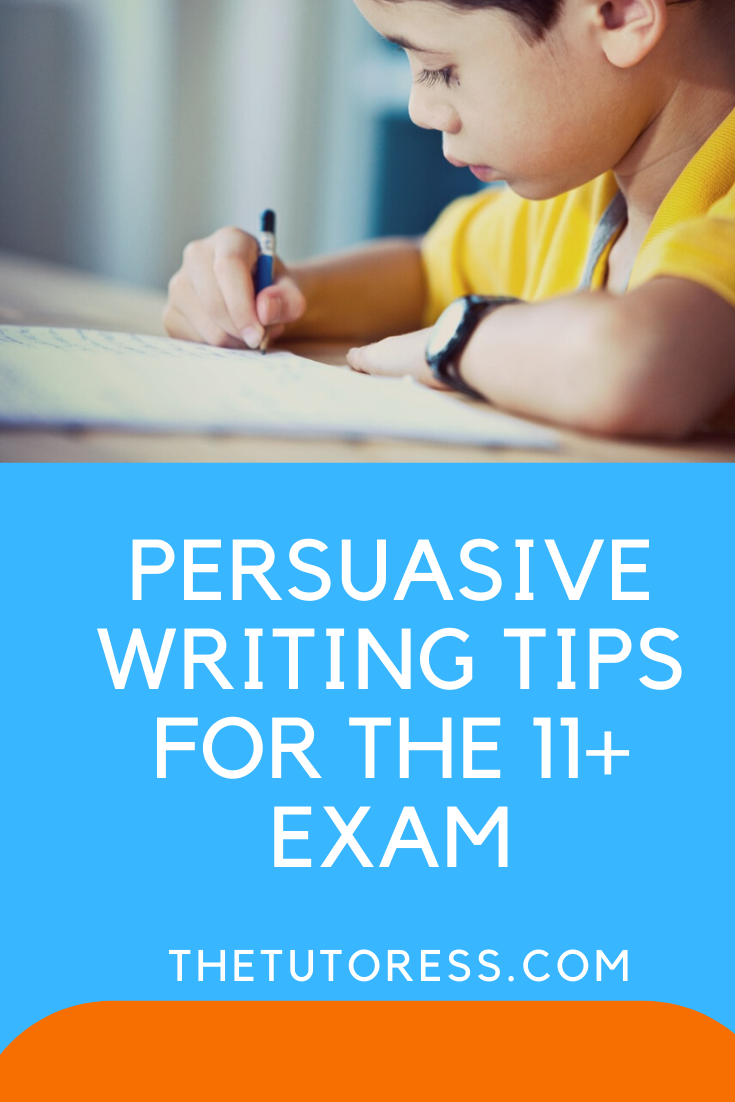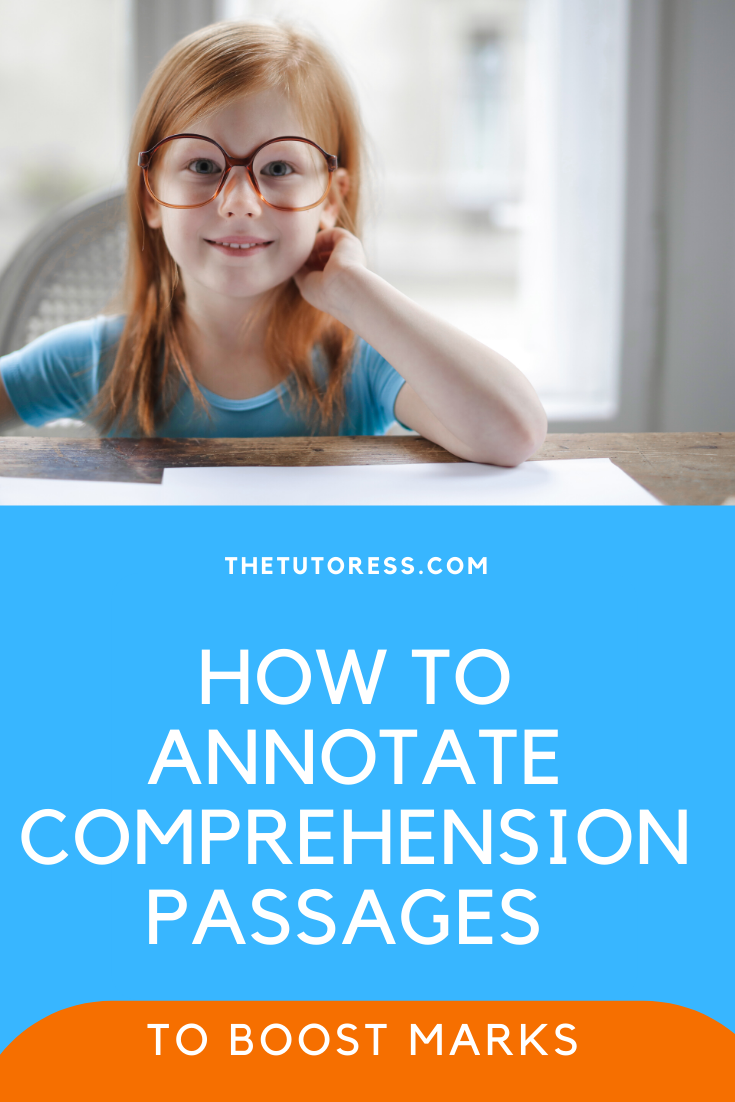We receive dozens of emails from parents (and sometimes students) who are desperate for creative writing examples.
We’re huge believers in the power of using examples and templates for improving creative writing and its in fact one of our favourite methods for helping students to quickly improve their writing skills.
However, when it comes to creative writing examples, it’s important to use them properly.
Here are some top tips to help your child to get the most out of them.
Read through the examples as many times as possible.
The more you do this, the more you’ll pick up amazing new words (such as high-level vocabulary).
Don’t rush through the examples.
Quite often, we come across students and parents that love to hoard creative writing examples as though they are a special kind of prize. However, we’ve noticed that most of these students don’t actually read the examples properly (and neither do their parents). In contrast, students that read through creative writing examples slowly and soak up the story tend to be the ones who score higher marks. We therefore recommend that you take your time to not just read the examples we provide but study them.
That leads us to the third tip.
Study the creative writing examples given like there’s no tomorrow.
Read them again and again until you feel like you’ve read them a thousand times.
Don’t just copy examples.
Examiners and teachers know when student’s work has been copied from other sources and it doesn’t take much for them to check online. Don’t risk your chances of getting into a top school or passing an exam by copying examples word for word. Instead, use the examples as inspiration for your own writing and change some words around. For example, take out certain phrases, swap specific words for synonyms or even, change the plot a little. Make your work your own whilst taking inspiration from others.
Practise makes perfect.
The more you practise writing, the better you’ll become so make it a habit to practise story writing for at least 30 minutes every day. We usually recommend that our students write a story once a day after school. Spend 5 minutes planning, 5 minutes proofreading and 20 minutes writing. This will help you to improve your speed and accuracy in preparation for exams. Once you’ve done this, go back and read your story a few times to see how it could be improved. You could even write the same story everyday until it’s perfect.
Remember that you don’t need to have tons of exciting events to write a great story that scores top marks.
In fact, teachers and examiners often prefer stories that are somewhat simple in terms of their plot but contain lots of descriptive words and excellent vocabulary. Bear that in mind as you write your stories.
We hope these tips have helped.
If you’d like your child to transform their creative writing, download our Creative Writing Booster Kit today.









